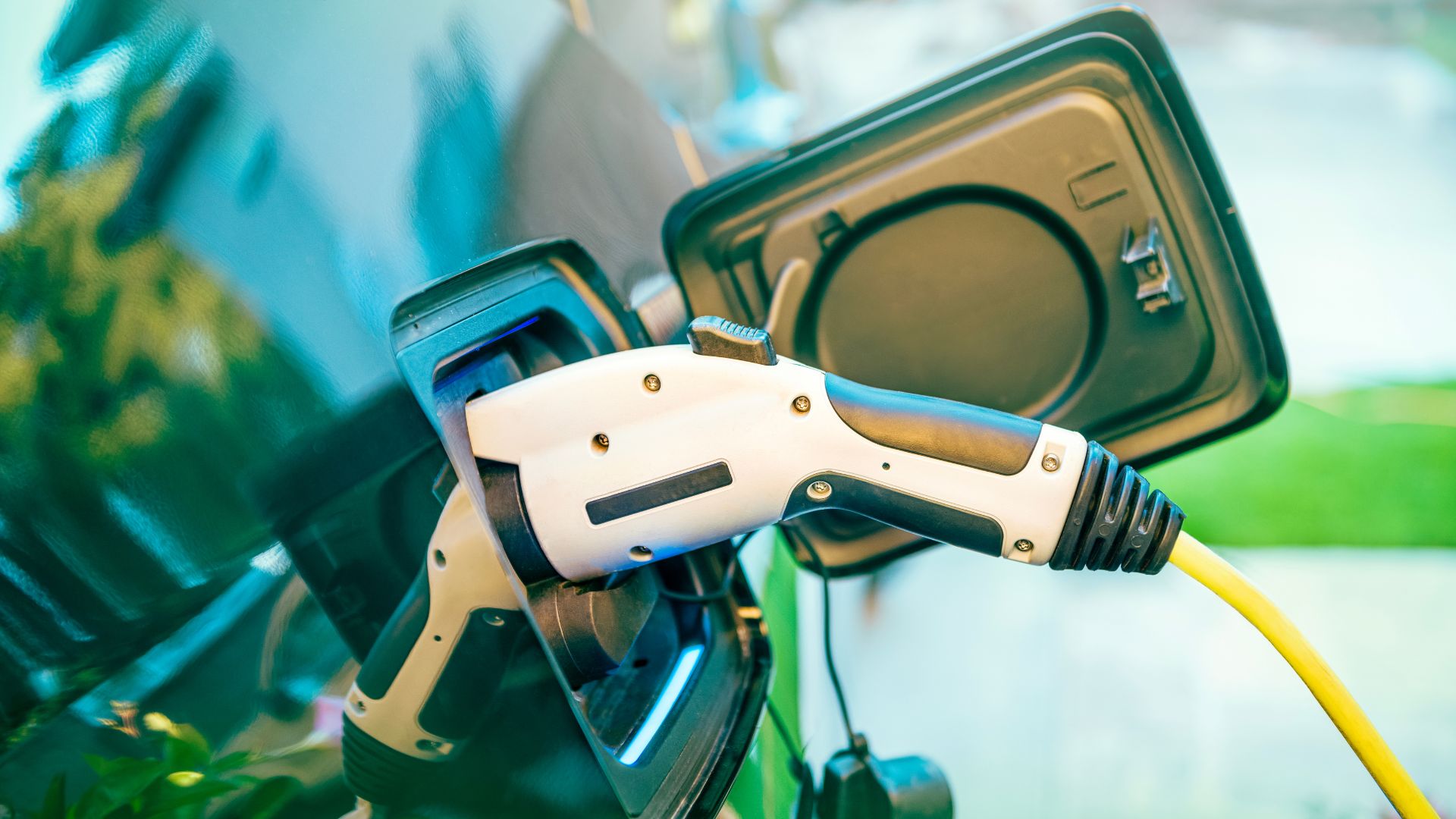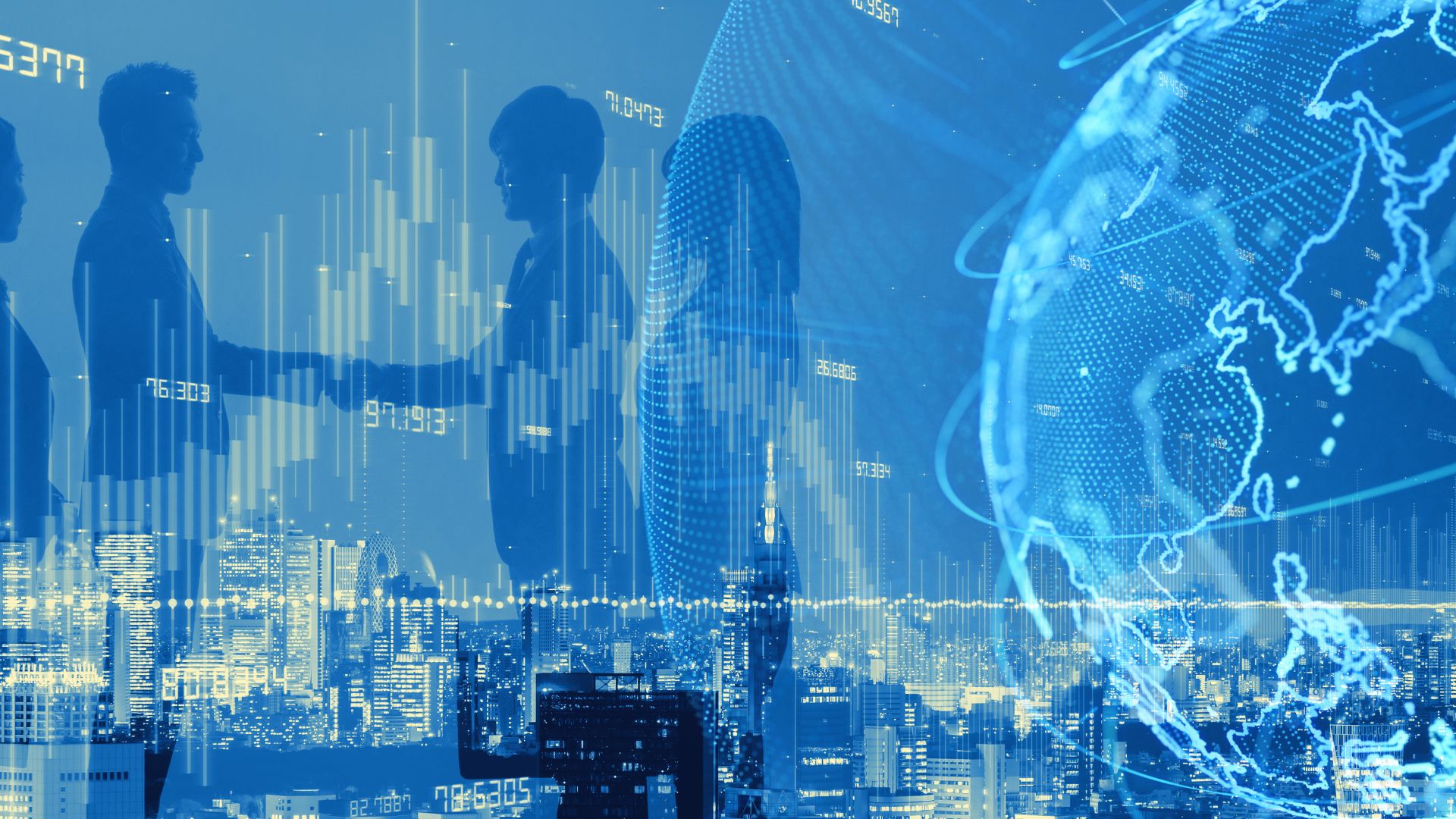In the era of big data, the ability to extract actionable insights from massive datasets has become a cornerstone of innovation-driven businesses. Patent analysis, a critical tool for shaping intellectual property strategies, is no exception. However, navigating through the labyrinth of patent databases often presents a significant challenge: separating the valuable signal from the overwhelming noise. This situation is where automated data denoising comes into play—a revolutionary solution poised to redefine how organizations approach patent analysis. Businesses can uncover deeper insights, streamline processes, and elevate their competitive advantage by leveraging automation.
What Is Data Denoising?
Data denoising removes irrelevant, redundant, or extraneous information from datasets to focus on meaningful and actionable insights. Patent analysis datasets are vast and complex, often containing noise from outdated patents, irrelevant classifications, or overlapping search results.
Traditionally, this task has relied on manual effort, demanding significant time and expertise. However, manual processes are resource-intensive and prone to human error, limiting the analysis's speed and accuracy. The introduction of automated data denoising, powered by advanced machine learning algorithms, offers a scalable and reliable solution that ensures the extraction of high-value information with minimal human intervention. This liberates professionals from repetitive tasks and allows them to focus on high-value activities.
The Evolution of Patent Analysis
The integration of automated data denoising marks a paradigm shift in patent analysis. Historically, analysts depended on labor-intensive methods to sift through voluminous data, often compromising efficiency for accuracy. With cutting-edge technologies like natural language processing (NLP) and generative AI, organizations can process and refine patent data at unprecedented scales.
For example, advanced AI models can classify patents based on nuanced keywords, identify interrelated technologies, and predict industry innovation trends. Such capabilities empower companies to leverage insights for strategic decisions rather than wading through the noise, instilling a sense of control and confidence in their decision-making process.
Key Benefits of Automated Data Denoising
The adoption of automated data denoising delivers numerous advantages, fundamentally transforming how businesses approach patent data:
Enhanced Precision and Consistency
Automation reduces the likelihood of human errors that often arise from manual processes. By employing algorithms that continuously learn and adapt, businesses can ensure consistent and accurate insights, paving the way for informed decision-making.
Uncovering Hidden Patterns
Automated tools reveal patterns and trends that might remain obscured by analyzing complex search queries across multiple datasets. For instance, companies can identify emerging technologies or overlapping patent applications, offering a competitive edge in innovation strategies.
Comprehensive Data Utilization
Traditional analysis often focuses on limited datasets, leading to incomplete conclusions. Automated denoising integrates data from diverse patent databases, offering a holistic view of the innovation landscape. This expanded perspective supports robust strategic planning, making professionals feel more informed and strategic.
Accelerated Decision Timelines
Automation dramatically reduces the time required to process and refine datasets. Faster turnaround times improve project timelines and enhance client satisfaction by delivering insights when they are most needed.
Elevating Analytical Expertise
With noise removal automated, analysts can redirect their efforts toward high-value tasks, such as evaluating disruptive technologies, advising on licensing opportunities, or crafting strategic consulting reports. This shift enhances their value and improves job satisfaction by removing repetitive tasks.
Real-World Applications
The benefits of automated data denoising are not limited to theoretical advantages—they have tangible applications across industries:
- Pharmaceuticals: Automated data denoising allows drug companies to identify overlapping patents, ensuring compliance while accelerating time-to-market for new drugs.
- Tech Industry: AI-driven analysis helps tech firms track competitors’ patent activity and identify opportunities for cross-licensing.
- Automotive Sector: As the industry pivots towards electrification, automated tools can highlight patents critical to battery innovation, autonomous systems, and sustainable materials.
Challenges and Considerations
While the advantages are compelling, implementing automated data denoising is not without its challenges:
- Data Quality: Poorly structured or incomplete patent databases can hinder the effectiveness of automated tools. Organizations must invest in clean, well-maintained data repositories.
- Algorithm Training: Machine learning models require extensive training to handle the complexities of patent data, including legal jargon, technical details, and regional variations.
- Integration with Existing Workflows: Organizations must ensure that automated tools align seamlessly with current processes to maximize their impact. For example, computerized data denoising can be integrated into the patent search and analysis phase, allowing faster and more accurate results. It can also continuously monitor patent databases for new developments, providing a proactive approach to intellectual property management.
Addressing these challenges requires a strategic approach, combining technology adoption with organizational alignment.
The Strategic Implications
Integrating automated data denoising into patent analysis is more than a technological upgrade—it represents a fundamental shift in how organizations perceive and utilize intellectual property. By automating the denoising process, businesses can:
- Strengthen their competitive positioning by uncovering previously hidden insights.
- Improve resource allocation, allowing experts to focus on innovation rather than administrative tasks.
- Enhance strategic foresight, enabling proactive responses to market shifts and technological disruptions.
Looking Ahead
As businesses grapple with the ever-increasing volume of patent data, the role of automated data denoising will only grow more critical. Companies that embrace this approach today are positioning themselves for long-term success, armed with the tools to navigate an increasingly complex innovation landscape.
By combining the precision of advanced algorithms with the strategic acumen of human analysts, organizations can unlock the true potential of patent data, driving innovation and achieving sustainable growth. Human analysts play a crucial role in automated data denoising, providing context, interpreting results, and making strategic decisions based on the insights generated. As the technology continues to evolve, one thing is clear: the future of patent analysis is here, powered by automated data denoising.
Talk to One of Our Experts
Get in touch today to find out about how Evalueserve can help you improve your processes, making you better, faster and more efficient.


